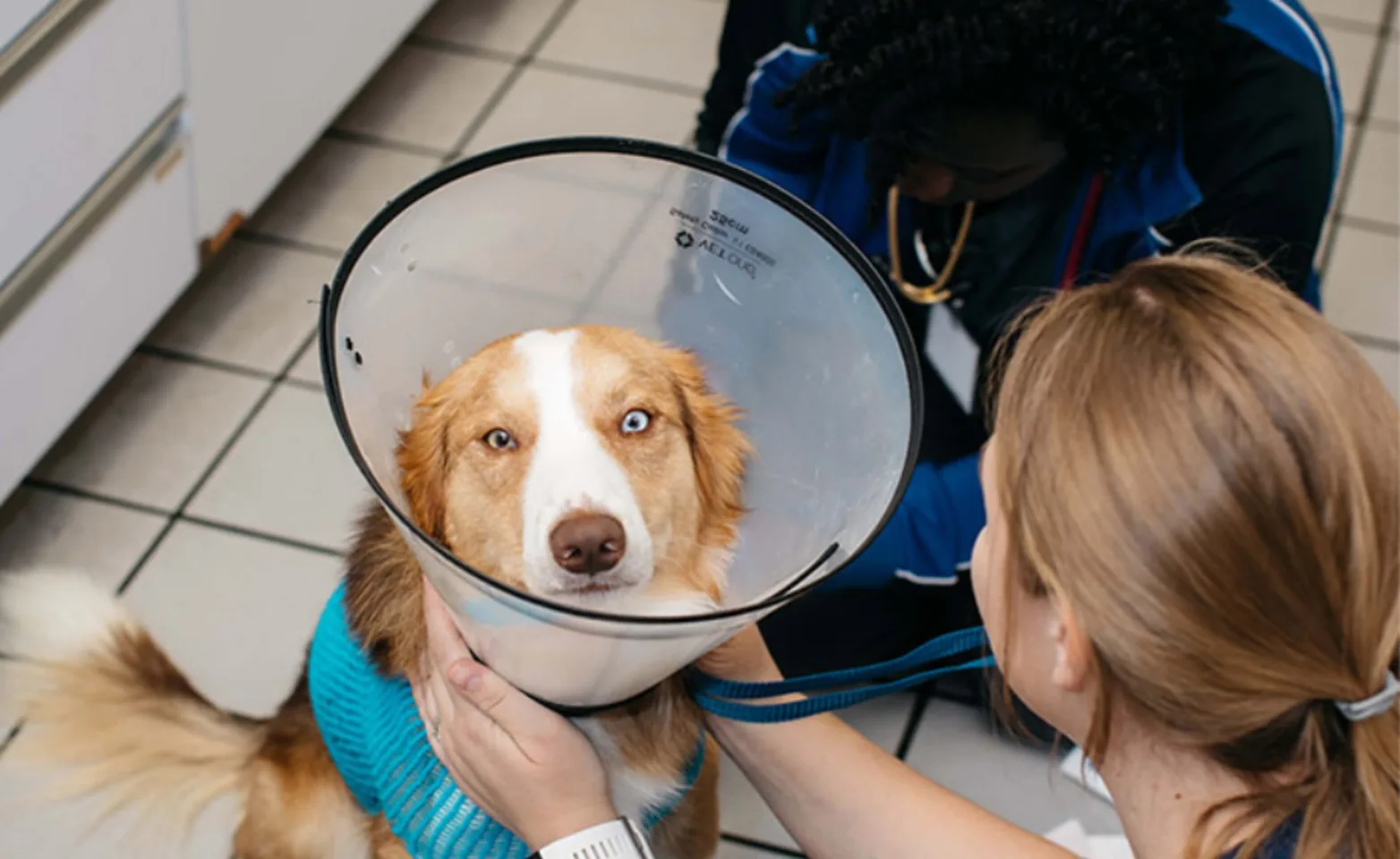Virginia Veterinary Centers

Emergency
Locations
VVC FREDERICKSBURG
1301 Central Park Boulevard Fredericksburg, VA 22401
Overview
Our emergency department offers immediate triage and treatment for urgent situations. We’re here for you when you need us. Patients are seen by medical priority followed by order of arrival.
When you or your primary care veterinarian decide that your pet needs advanced care, you can depend on our emergency veterinarians and our team of specialists. We all know that busy, curious pets can sniff out trouble—and sometimes illnesses just happen. Our veterinarians have obtained intensive training in addressing life-threatening conditions, and have the latest technology at their fingertips. The doctors and specialists at VVC are your advocates in looking at all possible diagnoses and your treatment options. They also help you make the best decisions for your pet by coordinating consultations and information from your primary care veterinarian. Communication is one of our most effective tools.

Services
Monitoring/Triage
Blood Transfusions/Blood Component Therapy Telemetry Monitoring
Thoracocentesis/ Pericardiocentesis/ Abdominocentesis Congestive Heart Failure Treatments
Short Term Mechanical Ventilation
Signs & Symptoms Of A Pet Emergency:
Any difficulties breathing: short or shallow breath, increased effort, gagging, choking
Weakness, inability to walk, sudden collapse
First-time seizure, seizures lasting more than three minutes, or multiple seizures
Non-productive retching/vomiting, swollen or distended abdomen
Allergic reactions including swelling, rashes, or itching
Excessive or persistent bleeding
Inability to urinate, straining to urinate
Diabetic animals refusing food
Pregnant animals in labor for more than one hour without delivering, those that have gone more than 3-4 hours between delivering
Bumping into things, disorientation
Signs of pain such as whining, shaking, hiding, or dull behavior
Vomiting blood, passing blood in stools/urine
Changes in behavior, appetite, elimination habits
How do I know if my pet is experiencing an emergency?
Sometimes, it may be difficult to determine whether your pet is experiencing an emergency or is just having an off day. The following symptoms are important indicators that your pet needs medical attention. If you notice any of these symptoms, call your primary veterinarian immediately. If your primary veterinarian is unavailable, your pet can receive emergency care at Virginia Veterinary Centers.
Will there be a long wait in the ER?
When the ER is busy, your pet will be assessed and then seen on the basis of need. If other pets are being seen before yours, this is good news—it means your pet is not as sick as one of our other patients.
Why can’t I go back with my pet?
Having a concerned Mom or Dad nearby can actually make pets more difficult or even dangerous to handle. Even though you’re trying to stay calm for them, they can often sense your distress. A confident, experienced, animal-loving veterinary technician can usually perform any treatments more quickly—and with less stress for everyone—if you wait in the front. This is especially true if needles or medical procedures make you uneasy.
What happens when I arrive with my pet?
Our triage process begins the moment you and your pet walk through our front door. Our client service representatives will listen closely as you describe any symptoms or ailments, then relay that information to our staff in the treatment area. A veterinary technician will be called to quickly assess your pet’s condition. If your pet is unstable, he or she may be immediately brought back to our emergency treatment room with your permission, where live-saving treatments may be administered while you complete your pet’s history and check-in.
If your pet is stable, our front desk will take your information, then you and your pet will be seen in an exam room. A trained emergency technician will begin by taking a complete history and acquiring vital signs, such as weight, heart rate, respiratory rate, and temperature.
